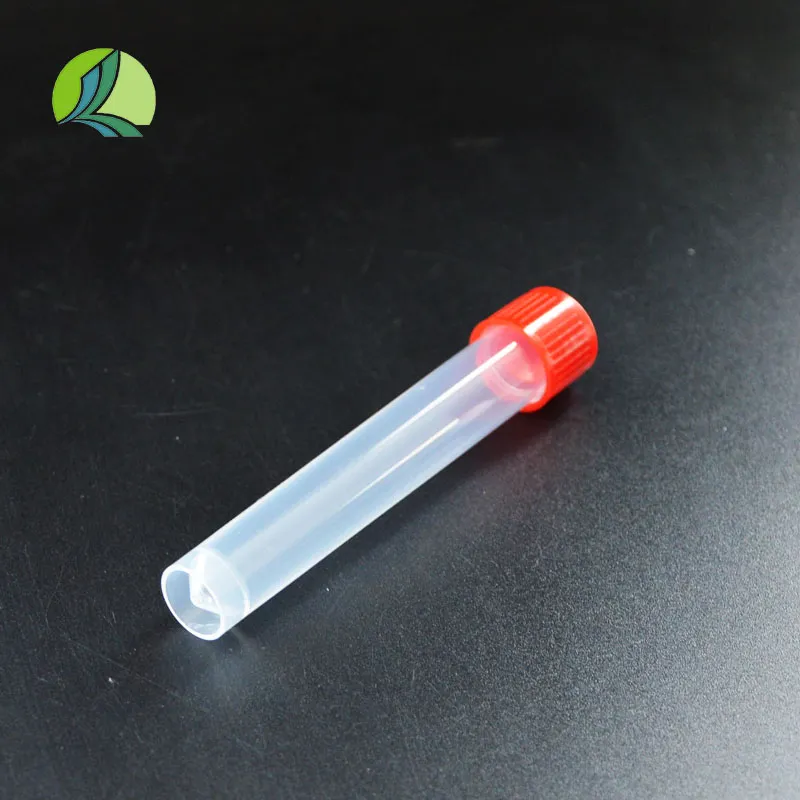
-
 Afrikaans
Afrikaans -
 Albanian
Albanian -
 Amharic
Amharic -
 Arabic
Arabic -
 Armenian
Armenian -
 Azerbaijani
Azerbaijani -
 Basque
Basque -
 Belarusian
Belarusian -
 Bengali
Bengali -
 Bosnian
Bosnian -
 Bulgarian
Bulgarian -
 Catalan
Catalan -
 Cebuano
Cebuano -
 Corsican
Corsican -
 Croatian
Croatian -
 Czech
Czech -
 Danish
Danish -
 Dutch
Dutch -
 English
English -
 Esperanto
Esperanto -
 Estonian
Estonian -
 Finnish
Finnish -
 French
French -
 Frisian
Frisian -
 Galician
Galician -
 Georgian
Georgian -
 German
German -
 Greek
Greek -
 Gujarati
Gujarati -
 Haitian Creole
Haitian Creole -
 hausa
hausa -
 hawaiian
hawaiian -
 Hebrew
Hebrew -
 Hindi
Hindi -
 Miao
Miao -
 Hungarian
Hungarian -
 Icelandic
Icelandic -
 igbo
igbo -
 Indonesian
Indonesian -
 irish
irish -
 Italian
Italian -
 Japanese
Japanese -
 Javanese
Javanese -
 Kannada
Kannada -
 kazakh
kazakh -
 Khmer
Khmer -
 Rwandese
Rwandese -
 Korean
Korean -
 Kurdish
Kurdish -
 Kyrgyz
Kyrgyz -
 Lao
Lao -
 Latin
Latin -
 Latvian
Latvian -
 Lithuanian
Lithuanian -
 Luxembourgish
Luxembourgish -
 Macedonian
Macedonian -
 Malgashi
Malgashi -
 Malay
Malay -
 Malayalam
Malayalam -
 Maltese
Maltese -
 Maori
Maori -
 Marathi
Marathi -
 Mongolian
Mongolian -
 Myanmar
Myanmar -
 Nepali
Nepali -
 Norwegian
Norwegian -
 Norwegian
Norwegian -
 Occitan
Occitan -
 Pashto
Pashto -
 Persian
Persian -
 Polish
Polish -
 Portuguese
Portuguese -
 Punjabi
Punjabi -
 Romanian
Romanian -
 Russian
Russian -
 Samoan
Samoan -
 Scottish Gaelic
Scottish Gaelic -
 Serbian
Serbian -
 Sesotho
Sesotho -
 Shona
Shona -
 Sindhi
Sindhi -
 Sinhala
Sinhala -
 Slovak
Slovak -
 Slovenian
Slovenian -
 Somali
Somali -
 Spanish
Spanish -
 Sundanese
Sundanese -
 Swahili
Swahili -
 Swedish
Swedish -
 Tagalog
Tagalog -
 Tajik
Tajik -
 Tamil
Tamil -
 Tatar
Tatar -
 Telugu
Telugu -
 Thai
Thai -
 Turkish
Turkish -
 Turkmen
Turkmen -
 Ukrainian
Ukrainian -
 Urdu
Urdu -
 Uighur
Uighur -
 Uzbek
Uzbek -
 Vietnamese
Vietnamese -
 Welsh
Welsh -
 Bantu
Bantu -
 Yiddish
Yiddish -
 Yoruba
Yoruba -
 Zulu
Zulu
plastic petri dish material
Understanding the Material of Plastic Petri Dishes
Petri dishes, ubiquitous in laboratories around the world, are essential tools in microbiology, biology, and various life sciences. Often made from different materials, plastic petri dishes have gained significant popularity due to their numerous advantages. This article delves into the characteristics and benefits of plastic petri dish materials, highlighting why they have become a staple in scientific research.
Plastic petri dishes are primarily made from polystyrene or polycarbonate. Polystyrene, a thermoplastic polymer, is favored for its clarity and ease of production. This transparency allows for easy observation of microbial growth and other experiments without needing to remove the lid, thereby minimizing contamination. Polycarbonate, although more expensive, offers increased durability and heat resistance, making it suitable for applications requiring sterilization by high temperatures, such as autoclaving.
One of the most critical aspects of plastic petri dishes is their disposability. Traditional glass petri dishes can be reused after proper sterilization, but in many modern research settings, convenience and time efficiency are pivotal. Plastic dishes are typically designed for single-use, reducing the risk of cross-contamination between experiments. This feature is especially vital in clinical and microbiological labs where the integrity of experimental results must be protected.
Moreover, the manufacturing process of plastic petri dishes is highly efficient. They are produced in large volumes through injection molding, which allows for a cost-effective method to produce uniform and sterile dishes in bulk. The affordability of plastic dishes compared to glass makes them more accessible to a wider range of labs, from well-funded institutions to educational facilities with tight budgets.
plastic petri dish material

Safety is another consideration in the use of plastic petri dishes. Glass dishes pose a risk of breakage, which can lead to hazardous situations in a lab environment. The lightweight nature of plastic dishes eliminates this risk, making them easier to handle and transport. Additionally, plastic dishes can be disposed of without the need for complex cleaning processes, further reducing safety concerns in handling microbial samples.
In terms of applications, plastic petri dishes are versatile. They can be used for a range of studies, including bacterial cultures, fungal growth, and even plant tissue culture. Their compatibility with various growth media enables researchers to tailor their experiments to specific needs. Furthermore, many plastic dishes are treated to enhance cell adhesion, making them suitable for cell culture applications that require a stable environment for cell proliferation.
The environmental aspect of plastic petri dishes cannot be overlooked. While disposability offers several benefits, it raises concerns regarding plastic waste. Awareness about the environmental impact of plastics is growing, and some manufacturers are responding by producing PET (polyethylene terephthalate) or PLA (polylactic acid) dishes made from more sustainable materials. These bio-based plastics are designed to meet the same rigorous standards as traditional plastic dishes while offering a lower environmental footprint.
Research continues in the quest for improving plastic petri dish materials. Innovations focused on biodegradable options and the reuse of materials are making headway. The goal is to balance the practicality and efficiency of plastic petri dishes with a commitment to reducing environmental impact.
In conclusion, plastic petri dishes play a pivotal role in various scientific fields due to their clarity, safety, cost-effectiveness, and disposability. As research progresses, the development of more sustainable materials will likely shape the future of these essential laboratory tools. While they serve an invaluable function in the present, the ongoing evolution of plastic materials promises an even brighter, eco-friendlier horizon for laboratory practices.
-
Premium 200ml Medicine Bottles – Leakproof Dropper & Spray Options at Best PriceNewsJul.05,2025
-
PTFE Centrifuge Tubes - Chemical Resistant, Leak-proof, Ideal for Laboratory UseNewsJul.05,2025
-
Premium Metal Dropper Bottle for Precise Dispensing 250ml & 1ml Options AvailableNewsJul.04,2025
-
20 ml Headspace Vials - High Quality Polyethylene & Plastic Vials for Lab UseNewsJul.04,2025
-
Small Bottle with Pipette - Precise Dispensing 100ml Pipette Bottles for Essential Oils & Lab UseNewsJun.24,2025
-
Acetic Anhydride Bottle for Accurate Dropper Measurement in Pharmacy Use High-Quality Dropper BottlesNewsJun.10,2025






















